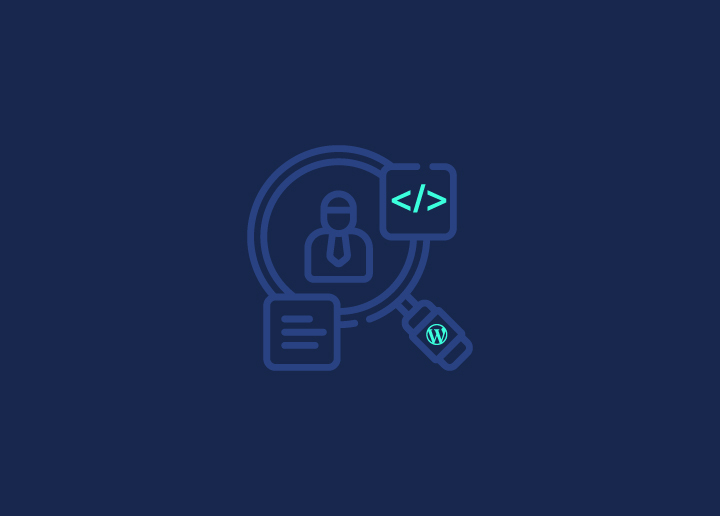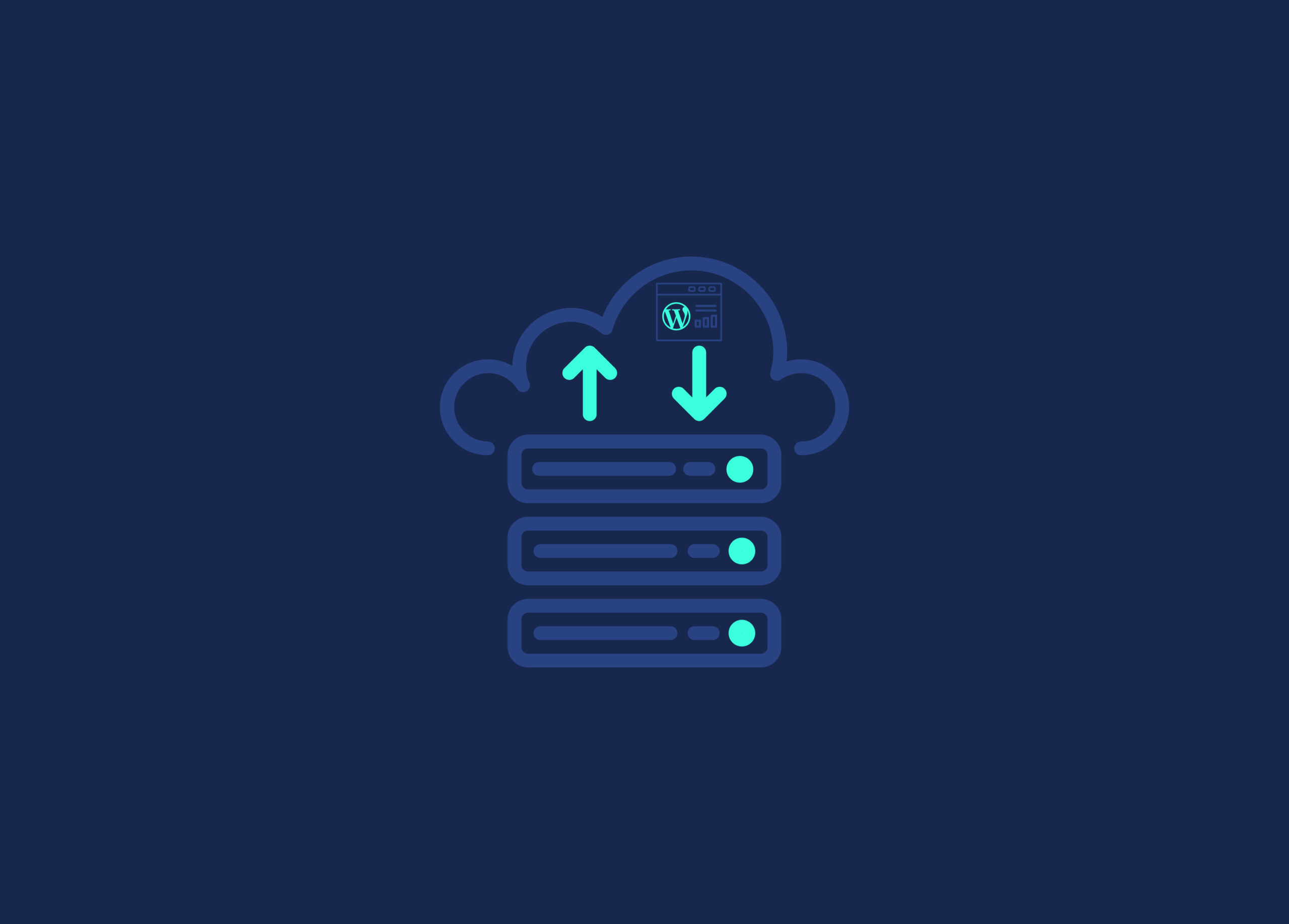The speed at which your site loads is critical to your online success. Visitors are increasingly impatient, and even a few seconds of delay can significantly drop user engagement and conversions. This is where PageSpeed Insights comes into play, offering invaluable insights and recommendations to optimize your website’s performance. In this blog, we will look at PageSpeed Insights and how it can help your website thrive.
Contents
ToggleUnderstanding PageSpeed Insights Metrics
PageSpeed Insights is a free tool provided by Google that evaluates your website’s performance on both desktop and mobile devices. It generates a performance score and offers detailed suggestions for improvement. This tool utilizes real-world data to help you understand your site’s performance in different scenarios, giving you actionable insights to enhance its speed.
Analyzing PageSpeed Insights Results
Analyzing PageSpeed Insights results is crucial in optimizing your website’s performance. PageSpeed Insights provides valuable data and recommendations that can help you identify areas for improvement. Here are different aspects to consider when analyzing the results:
Performance Score
The performance score assigned by PageSpeed Insights is a quick indicator of your website’s overall performance. Scores range from 0 to 100, with higher scores indicating better performance. Aim for a high score, but remember that perfection may not always be achievable.
Load Time
PageSpeed Insights provides information on how long it takes for your website to load. This metric is crucial, as users expect fast-loading pages. Analyze the load time to determine if it meets user expectations and identify any areas where improvements are needed.
Opportunities
PageSpeed Insights lists specific opportunities for improvement. These may include optimizing images, leveraging browser caching, or eliminating render-blocking resources. Prioritize these opportunities based on their potential impact on your website’s performance.
Diagnostics
Diagnostics are issues that may be affecting your website’s speed and performance. They provide detailed information about what needs to be addressed. Common diagnostics include inefficient JavaScript and CSS, unoptimized images, and excessive server response times.
User Experience Metrics
PageSpeed Insights also provides user experience metrics, such as First Contentful Paint (FCP) and Largest Contentful Paint (LCP). These metrics measure the time it takes for the first content to appear on the screen and the time it takes for the largest content element to load, respectively. Aiming for quick FCP and LCP times enhances user experience.
Mobile Performance
Pay attention to the mobile performance section of the report. As mobile usage continues to rise, ensuring your website performs well on mobile devices is crucial. PageSpeed Insights offers specific mobile optimization recommendations.
Desktop Performance
While mobile performance is essential, don’t neglect the desktop performance of your website. Different users may access your site from various devices, so optimizing for both desktop and mobile is essential.
Resource Loading
PageSpeed Insights provides information about the resources that your website loads. Analyze the list of resources to identify any unnecessary or large files that could be optimized or removed.
Third-Party Code
Evaluate the impact of third-party code, such as tracking scripts and social media widgets, on your website’s performance. Reducing the number and size of third-party scripts can improve load times.
Impact of Improvements
After implementing the recommended changes to your website, re-run PageSpeed Insights to measure the impact of these improvements. Check whether your performance score has increased and load times have decreased.
Google Analytics Integration
Review the user behavior metrics if you have integrated PageSpeed Insights with Google Analytics. Look for changes in bounce rates, session duration, and conversion rates to understand how page speed affects user engagement and conversions.
Benchmarking
Compare your website’s performance score and load times with industry benchmarks or competitors’ websites. This can provide valuable insights into how your site stacks up against others in your niche.
Read: Cost Of A WordPress Website: Things You Need To Know
Implementing PageSpeed Insights Recommendations
Once you’ve identified areas for improvement in your PageSpeed Insights report, it’s time to take action. This involves optimizing images, minifying CSS and JavaScript, and leveraging browser caching. After implementing optimizations, retest your website with PageSpeed Insights to ensure the changes have a positive impact on performance. This iterative process allows you to fine-tune your site for the best results.
Website optimization is an ongoing process. So, periodically analyze your website’s performance using PageSpeed Insights to ensure that it maintains fast load times and a high-performance score over time.
Read: WordPress Maintenance Services Key Offerings
Additional Resources and Tools
PageSpeed Insights is just one of the tools available for analyzing website performance. You can also use GTmetrix, Pingdom, and WebPageTest for a more comprehensive view of your site’s speed and performance.
In addition to PageSpeed Insights, there are several best practices for ongoing website optimization. These include content delivery network (CDN) integration, responsive web design, and regular content and code audits to keep your site in top shape.
Plus, you can seek advice from web development experts and consider employing advanced techniques such as lazy loading, asynchronous loading, and optimizing critical rendering paths to further boost your website’s speed and performance.
Read: WordPress Support Services: What Is Offered
To Sum Up
PageSpeed Insights is an exceptional tool that can significantly impact your website’s success. Its insights and recommendations enable you to provide a faster, more satisfying user experience, leading to increased traffic, conversions, and search engine rankings.
Throughout this guide, we’ve explored various optimization techniques, including image optimization, code minification, and mobile responsiveness. Implementing these strategies can improve your site’s speed and performance.
Remember, fast websites lead to happy users and business success. So, don’t wait and start optimizing today!




